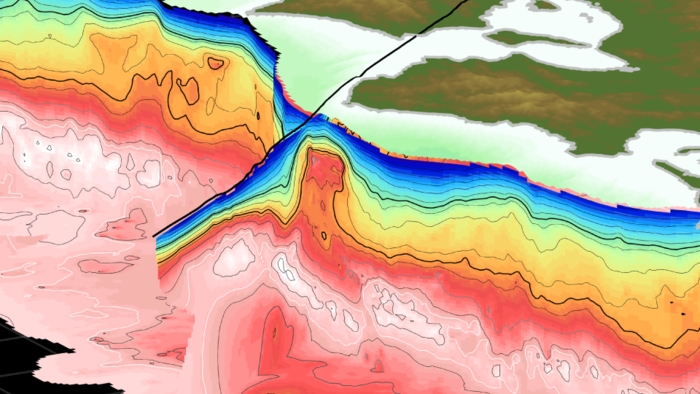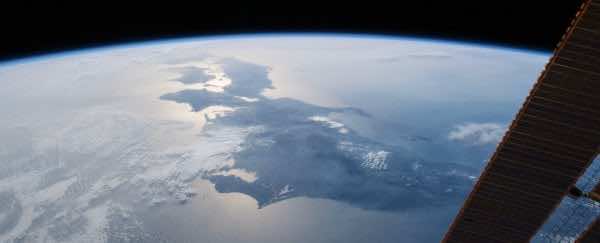A huge volcanic rock beneath the southern Japanese coast might be posing as a megaquake magnet or lightning rod. Seismic energy from megaquakes appears to be funneled to several spots along the Kumano Pluton’s side, according to a new 3D image.

Large-scale earthquakes in the area may be predicted. Still, scientists cannot forecast when, where, or how large future earthquakes will occur, according to geophysicist Shuichi Kodaira of Japan’s Agency for Marine-Earth Science and Technology. Although, near-future processes can be estimated by combining models with monitoring data.
High earthquakes and volcanic activity characterize the Nankai subduction zone, where one tectonic plate slides beneath the edge of the other. The surrounding rock had a distinct density, according to seismic imaging. The plutonic character of the chunk was determined via numerical simulations.

The whole scale of the situation, though, went undetected. Using seismic data collected from the Nankai subduction zone over the last two decades, scientists have now mapped the whole Kumano Pluton.
Given their destructive propensity, earthquakes can be an effective instrument. Quakes erupt from their source, moving throughout the globe and echoing throughout the universe. Seismologists use how seismic waves flow through and reflect off different materials to map things out.
Researchers combined millions of seismic recordings from Japan’s network of earthquake sensors and other scientific studies to create the world’s most extensive seismic data collection.
The researchers utilized the LoneStar5 supercomputer at the University of Texas at Austin to create a high-definition 3D model of the pluton based on the data collected. It showed facts that scientists had never seen before, which was fascinating.
According to the model, the Earth’s crust is bulging slightly above the pluton due to its obvious weight. As the Earth’s crust continues to flex, the pluton appears to be creating a path for groundwater to reach the upper mantle below. The Kumano Pluton’s density and rigidity may influence tectonic activity.

The researchers are encouraged that their discovery will spur further investigation into the depths under additional subduction zones.
“The fact that we can make such a large discovery in an area that is already well studied is, I think, eye-opening to what might await at places that are less well monitored,” according to Adrien Arnulf, a geophysicist from the University of Texas Institute for Geophysics.


